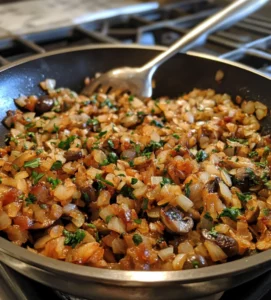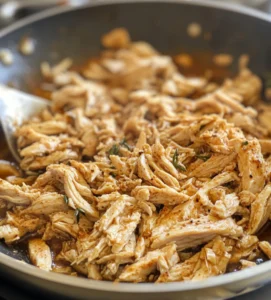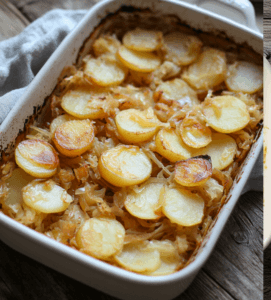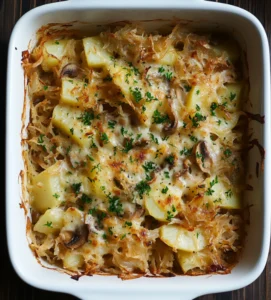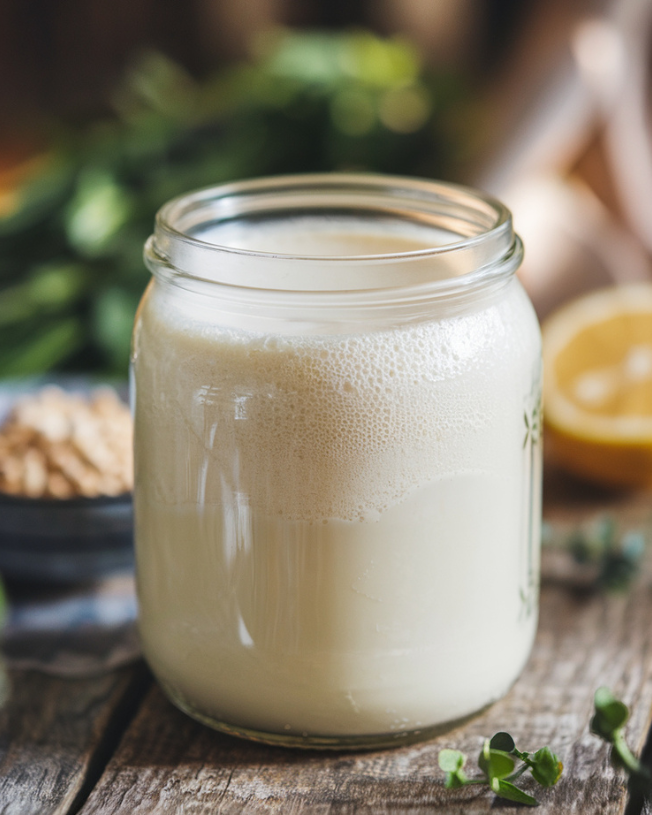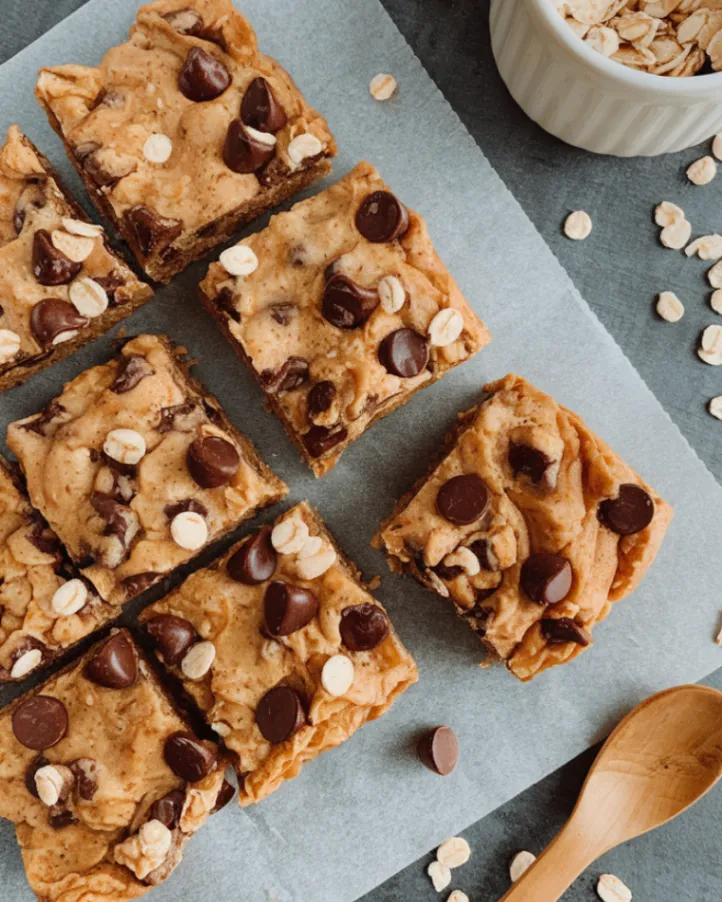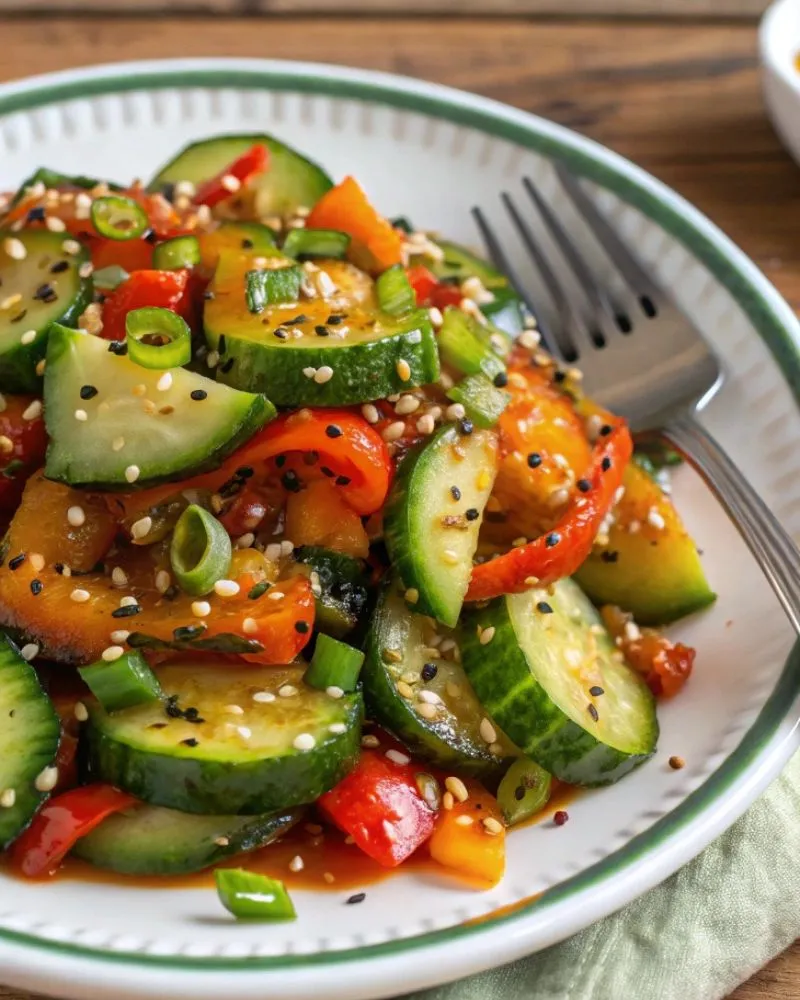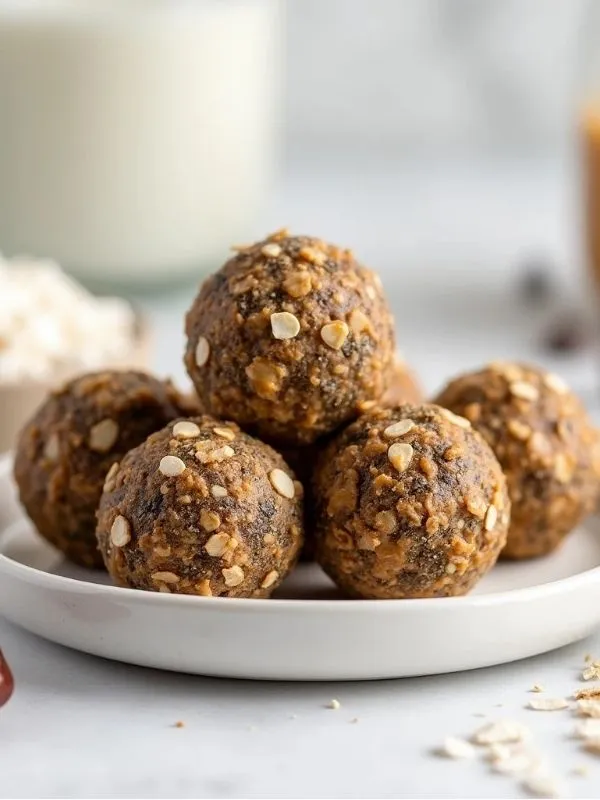Casseroles hold a special place in the heart of home cooking—simple yet satisfying, adaptable yet timeless. Among them, the sauerkraut casserole stands out as a bold and tangy dish with roots in German cuisine. This article explores a modern, pork-free rendition of the classic dish, blending tradition with creativity while accommodating various dietary preferences.
Table of Contents
ToggleA Bite of History
Sauerkraut has been a cornerstone of European cuisine for centuries, prized for its unique flavor and nutritional benefits. It’s believed to have originated in China, where fermented cabbage was preserved for soldiers. The technique traveled west via trade routes, eventually becoming a staple in German and Eastern European households.
Casseroles, on the other hand, are a relatively modern creation, tracing back to the early 20th century when home cooks began layering ingredients into a single dish for easy preparation and hearty meals. Combining these two traditions yields a dish that’s both practical and full of character.
Crafting the Perfect Sauerkraut Casserole
The beauty of sauerkraut casserole lies in its adaptability. This dish welcomes a variety of substitutions, making it easy to suit personal tastes and dietary needs. Below, we’ll explore several key components, along with how your blog’s recipes can elevate the dish.
Building the Base
The casserole starts with a starch base to balance the sauerkraut’s acidity. Traditional recipes often use potatoes or noodles, but there’s room for experimentation:
- Potato Lovers: Thinly sliced potatoes create a creamy, layered effect when baked. Pair them with herbs like thyme or rosemary for extra depth.
- Noodle Variations: Egg noodles remain a classic choice, but gluten-free options like my Gluten-Free Egg Noodles are equally delightful, offering a tender texture without compromising on flavor.
- Rice Options: For a lighter option, consider a rice base. Brown rice or wild rice adds nuttiness and complements the tang of the sauerkraut.
The Star Ingredient: Sauerkraut
Sauerkraut’s zingy flavor is the heart of this casserole. Whether you’re using homemade or store-bought, its probiotics and antioxidants make it a powerhouse ingredient. Adding apples or caraway seeds to your kraut can infuse a sweet and aromatic twist to your casserole.
Protein Alternatives
- Chicken or Turkey: Diced or shredded chicken and turkey bring a mild flavor that doesn’t overpower the sauerkraut. For a spiced twist, consider seasoning with smoked paprika or garlic powder.
- Plant-Based Options: Jackfruit, tempeh, or marinated tofu mimic the heartiness of meat while keeping the dish vegetarian. My Vegetarian Lentil Casserole offers inspiration for incorporating plant proteins into this type of dish.
- Eggs: For a quiche-like variation, whisked eggs can be added as a binding agent, creating a creamy, protein-packed layer.
Vegetable Additions
Elevate your casserole with a rainbow of vegetables. These not only enhance the dish’s nutritional profile but also add vibrant flavors and textures:
- Mushrooms: Their earthy, umami notes create a balance with the sauerkraut’s acidity.
- Root Vegetables: Carrots, parsnips, or sweet potatoes bring a natural sweetness to counter the tanginess.
- Fermented Add-Ons: Try incorporating elements from my Fermented Vegetable Salad, such as pickled beets or carrots, for a probiotic boost.
Assembling and Baking
To assemble, layer your base, sauerkraut, protein, and vegetables in a casserole dish. A rich sauce—whether cream-based, tomato-based, or vegan-friendly—ties the elements together. Bake until the edges bubble and the top turns golden.
For inspiration, my Lemon Garlic parmesan Chicken features a simple sauce that could easily be adapted for this dish. The zesty flavors harmonize beautifully with sauerkraut’s tang.
If you loved this recipe, please consider giving it astar rating and sharing
your experience in thecomments below!
Dietary Variations
This sauerkraut casserole can cater to various dietary needs:
- Gluten-Free: Swap traditional noodles for gluten-free pasta or rice.
- Dairy-Free: Use coconut cream or cashew-based cheese for richness without dairy.
- Low-Carb: Replace the starch base with thinly sliced zucchini or cauliflower rice for a keto-friendly version.
Experimenting with these adjustments ensures that everyone at the table can enjoy this dish.
Pairing and Serving Suggestions
To complete your meal, pair sauerkraut casserole with complementary sides:
- A fresh, tangy salad
- For a touch of sweetness, serve a slice of my Fig Tarte as dessert.
- Fermented beverages like Kompot or my Tepache are perfect companions to round out the meal.

Sauerkraut Casserole Recipe with Chicken
Ingredients
- 2 cups cooked shredded chicken breast or thighs
- 4 cups sauerkraut drained
- 3 cups cooked potatoes sliced
- 1 medium onion diced
- 2 cups mushrooms sliced (optional, for added texture)
- 1 cup sour cream or plain yogurt
- 1 cup shredded cheese or dairy-free alternative, divided
- 2 tablespoons olive oil
- 2 teaspoons smoked paprika
- 1 teaspoon garlic powder
- 1 teaspoon dried thyme or rosemary
- Salt and pepper to taste
- Fresh parsley chopped, for garnish
Instructions
Preheat and Prepare:
- Preheat your oven to 375°F (190°C). Grease a medium-sized casserole dish with olive oil.
Sauté Aromatics and Chicken:
- In a large skillet, heat olive oil over medium heat. Add the diced onion and cook until soft and fragrant. Stir in mushrooms (if using) and cook until browned.

- Add the shredded chicken, smoked paprika, garlic powder, thyme, salt, and pepper. Cook for 2-3 minutes, stirring to combine flavors.

Layer the Casserole:
- In the casserole dish, add a layer of sauerkraut at the bottom.

- Top with a layer of sliced potatoes.

- Add the chicken mixture evenly across the layer.
- Repeat layers until all ingredients are used, finishing with sauerkraut on top.

Add Creamy and Cheesy Topping:
- In a bowl, mix sour cream (or yogurt) with half the shredded cheese. Spread this mixture evenly over the top layer of sauerkraut.
- Sprinkle the remaining cheese over the top.
Bake:
- Place the casserole in the oven and bake for 25-30 minutes, or until the cheese is golden and bubbly.

Serve:
- Let the casserole cool slightly before serving. Garnish with chopped parsley and enjoy with a fresh green salad or crusty bread.
Notes
- Ingredient Swaps: If you’re dairy-free, substitute sour cream and cheese with plant-based alternatives.
- Customizable Layers: Add more vegetables like carrots or zucchini for added nutrition.
- Flavor Enhancements: A teaspoon of Dijon mustard mixed into the sour cream can add depth.
- Make-Ahead Friendly: Assemble the casserole in advance and refrigerate overnight for a quick bake the next day.
More Dishes You Can Try
The Science Behind Fermented Foods
Beyond their flavor, fermented foods like sauerkraut are celebrated for their health benefits. Probiotics in fermented dishes support gut health, digestion, and immunity. According to research by Harvard Health, consuming fermented foods regularly can help maintain a balanced microbiome, which is essential for overall wellness.
Embracing the Spirit of Creativity
Sauerkraut casserole is more than just a recipe—it’s an invitation to experiment with flavors, textures, and ingredients. By integrating elements from your blog, such as Gluten-Free Egg Noodles, Fermented Vegetable Salad, and Lemon Garlic parmesan Chicken, this dish becomes a reflection of your culinary journey.
Whether you’re recreating a family recipe, adapting it to dietary needs, or exploring new ingredients, the possibilities are endless. So roll up your sleeves, preheat your oven, and dive into the tangy, hearty world of sauerkraut casserole.


 star rating and sharing
star rating and sharing  comments below!
comments below!